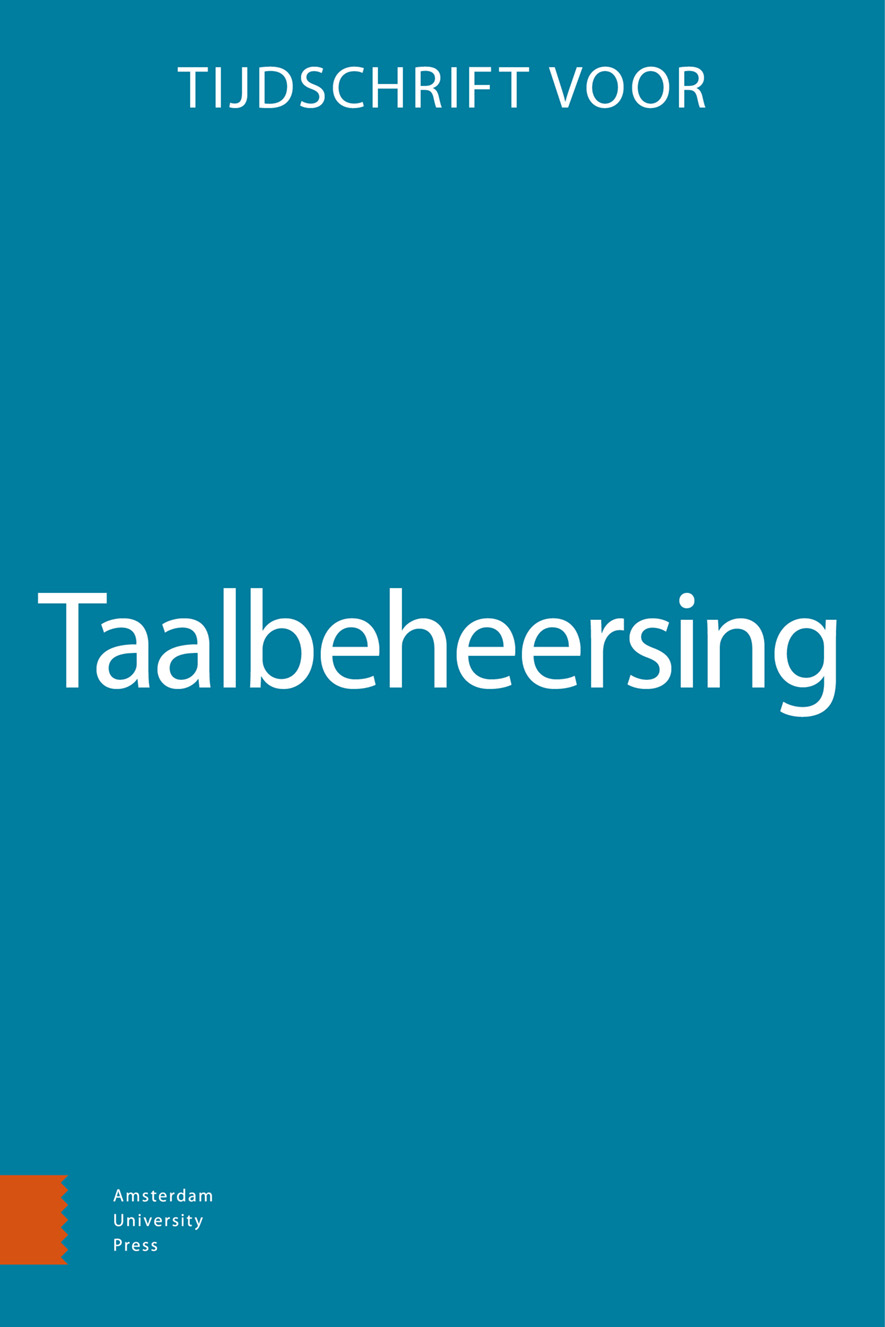-
oa Het effect van monologen en dialogen in radioreclame
- Amsterdam University Press
- Source: Tijdschrift voor Taalbeheersing, Volume 41, Issue 1, Apr 2019, p. 189 - 201
-
- 01 Apr 2019
Abstract
The effect of monologues and dialogues in radio commercials
Previous research has shown that the use of dialogues instead of monologues in radio narratives stimulates the imagination of listeners and increases involvement with the narratives (Rodero, 2012). To date, no research has investigated the effectiveness of dialogues versus monologues in radio commercials. The aim of the current study was to investigate the effect of the use of dialogues versus monologues in radio advertisements for different products on involvement with the advertisement, imagery, evaluation of the product, evaluation of the commercial, evaluation of the speaker, and purchase intention. In an experiment with a 2 (presentation method: dialogue, monologue) x 2 (product: shoes, instant coffee) between-subject design, 152 participants evaluated four radio advertisements. Findings showed that dialogues, compared to monologues, led to more lively and attractive radio commercials, a more positive attitude towards the product, a higher purchase intention and higher status of the speaker in the radio commercial. It can be concluded that the use of dialogues instead of monologues can have a positive effect on the effectiveness of radio commercials.


